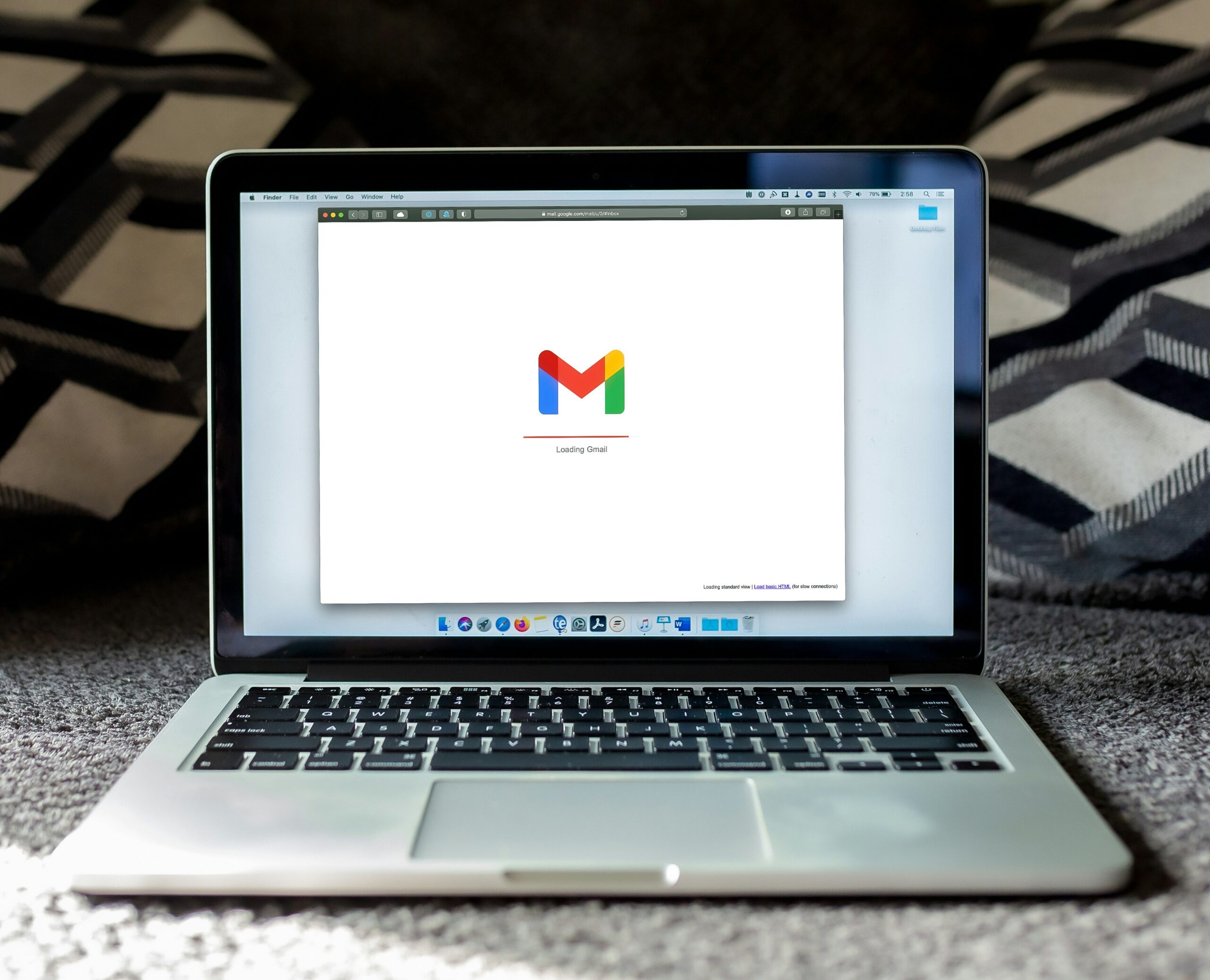The Problem with Email Overload
Email overload can be overwhelming, not only for busy professionals but also for team leads and business owners. A specific pain point arises when your inbox is constantly flooded with messages that require various actions or responses. This is precisely what happens to many of us daily – we spend excessive time just reading through email threads to understand what needs to be done, often losing track of important action items in the process.
If you’re receiving numerous emails daily, chances are that many could be handled with specific short tasks or simple replies. However, analyzing entire email thread contents just to catch up with multiple conversations can be incredibly wasteful of your time and mental energy. This challenge becomes especially apparent when you need to complete certain actions before responding to an email, or when multiple team members are working from the same inbox.
To address this common productivity nightmare, I’ve created an automation in N8N that I’ll be sharing with you for free. This workflow seamlessly connects your Gmail inbox with Todoist and leverages AI to analyze your emails and transform them into actionable tasks. It automatically creates task summaries, suggests specific actions, and even proposes email responses – all without you having to manually process each message. So feel free to use it and never lose track of important email actions again.
Go ahead and try this Gmail to Todoist automation for free!
Or read more below about email management evolution and other approaches to taming your inbox.
Short History of Email Management Evolution
Email has evolved significantly since its early days, and so have our methods for managing it. Let’s explore how email management has transformed over the years.From simple messages to overwhelming inflow. The concept of electronic mail began as a simple way to send digital messages between users, but it has grown into the primary communication method for business and personal correspondence worldwide.
The earliest email systems were developed in the 1960s and early 1970s, allowing users to leave messages for others using the same computer. Ray Tomlinson is credited with implementing the first email program in 1971, introducing the use of the @ symbol to separate the user from their computer host. By the 1980s, email began spreading through academic and research institutions, and the 1990s saw email adoption explode with the rise of the internet and services like AOL and Hotmail. The introduction of Gmail in 2004 revolutionized email with increased storage capacity and improved search capabilities.
As email volume grew exponentially, so did the challenge of managing it. Early approaches involved simple folder organization, but this quickly became insufficient. Task management integrations emerged as a crucial solution, allowing users to convert emails directly into actionable items. This evolution recognized that emails often represent work to be done, not just information to be consumed.
Today, AI-powered email management represents the cutting edge, with smart systems that can prioritize messages, suggest responses, and even take actions based on email content. The integration of email with task management systems like Todoist represents a natural progression in our quest to manage digital communication more effectively.
Impact on Productivity and Mental Well-being
Email overload is more than just an annoyance – it has measurable impacts on productivity and psychological well-being that businesses can’t afford to ignore.
The constant interruption from incoming emails significantly disrupts focus and workflow. Each time we check our inbox, we experience what psychologists call “context switching,” which can reduce productivity by up to 40%. When managing numerous email threads simultaneously, this cognitive load increases substantially, leading to decision fatigue and diminished ability to make quality judgments.
The psychological impact is equally concerning. The phenomenon known as “email anxiety” is increasingly recognized as a workplace stressor. Many professionals report feeling overwhelmed by unread messages and experience genuine anxiety about missing important communications or failing to respond promptly. This perpetual state of alert triggers stress responses that, over time, can contribute to burnout.
For businesses, these individual impacts translate to organizational inefficiencies. Studies suggest that knowledge workers spend approximately 28% of their workweek managing email. When emails require specific actions before responding, this time commitment increases further as employees must track and manage these interim steps manually.
Thankfully, epoch-based time management systems like those used in task management apps provide a structured framework for email processing that epoch-based email systems alone cannot. By transforming emails into structured tasks with clear deadlines and action steps, we create a more manageable and less anxiety-inducing workflow
Practical Aspects of Modern Email Management
Currently, I would advise against manually processing every email that requires action, especially when dealing with high volume inboxes, because it’s simply not efficient in today’s fast-paced work environment. Thankfully, most modern productivity tools offer integrations that can streamline this process significantly.
A prime example is the Gmail and Todoist integration, which comes in multiple forms. You can use the Google Chrome extension, which adds a Todoist button directly in your Gmail interface, allowing you to quickly convert emails into tasks while viewing them. Alternatively, there’s the Google Workspace add-on that works across any device where you access Gmail. These built-in integrations are powerful but still require manual activation for each email.
Another approach is using automation platforms like Zapier, which can automatically create Todoist tasks from starred or labeled Gmail messages. Make (formerly Integromat) offers similar capabilities with additional customization options for workflow automation between Gmail and Todoist. Newer platforms like Relay.app provide user-friendly interfaces for connecting these services with just a few clicks.
The latest advancement in this space is AI-powered email processing. Todoist recently introduced an AI feature that intelligently processes forwarded emails, accurately titling tasks, including deadlines when detected, and adding relevant details automatically. Similarly, Sembly’s integration with Todoist can transform meeting-related emails into structured tasks, ensuring follow-ups are properly tracked.
Of course, there are many more solutions available, but what sets our N8N automation apart is its ability to analyze email content with AI to not only create tasks but also suggest specific actions and proposed responses. This addresses one of the key pain points in email management – determining what exactly needs to be done with each message. And that’s precisely why I created this automation – it helps you process emails more intelligently by providing AI-driven suggestions for handling each message efficiently
How the Gmail to Todoist Automation Works
The automation I’ve created runs on N8N, a powerful workflow automation platform. Here’s how it streamlines your email processing:
- When the workflow is triggered (you can set this up based on your preferences), it first looks for emails in your Gmail inbox that need processing. For each email, it checks whether a corresponding Todoist task already exists by comparing email subjects with task titles
- If no matching task exists, this is where the magic happens. The automation calls an AI service (OpenAI in the default setup) to analyze the entire email thread. The AI doesn’t just extract information – it intelligently processes the content to create a comprehensive Todoist-ready output that includes:
- A concise summary of the email content
- Proposed actions that need to be taken before responding
- A suggested reply that you can use once those actions are completed
- This three-part structure is perfect for complex emails that require more than just a quick reply. For instance, if someone requests information that you need to gather from colleagues first, the task will outline both the information-gathering step and provide a template response for when you’re ready to reply.
- The automation also handles task closure intelligently. If an email is unstarred but its corresponding task remains open, the task is automatically closed, keeping your Todoist workspace tidy
What makes this solution particularly powerful is its adaptability. You can easily adjust the AI prompts to match your specific needs or communication style. You might prefer more formal responses for client emails or more casual ones for team communication – the AI can be tuned accordingly.
So What Do I Do Now with My Email Overload?
Just remember that email overload doesn’t have to control your workday. With the right automation tools, you can transform your inbox from a source of stress to a well-organized workflow. This N8N automation provides a framework that not only captures tasks but actually helps you complete them by suggesting specific actions and responses.
Until email itself evolves further, we need to be smart about how we process it. So be productive, try this Gmail to Todoist automation, and take back control of your inbox. Set up the automation using the instructions provided in the workflow link, and I promise you’ll spend less time managing emails and more time on meaningful work.
Whether you’re a busy professional drowning in emails, a team lead managing shared inboxes, or someone who simply wants to be more intentional about email processing, this automation can help streamline your workflow and reduce the mental load of inbox management. And if you have any questions or need help setting up this automation, feel free to reach out using the contact form below – I’d be happy to help you implement this solution for your specific needs.



